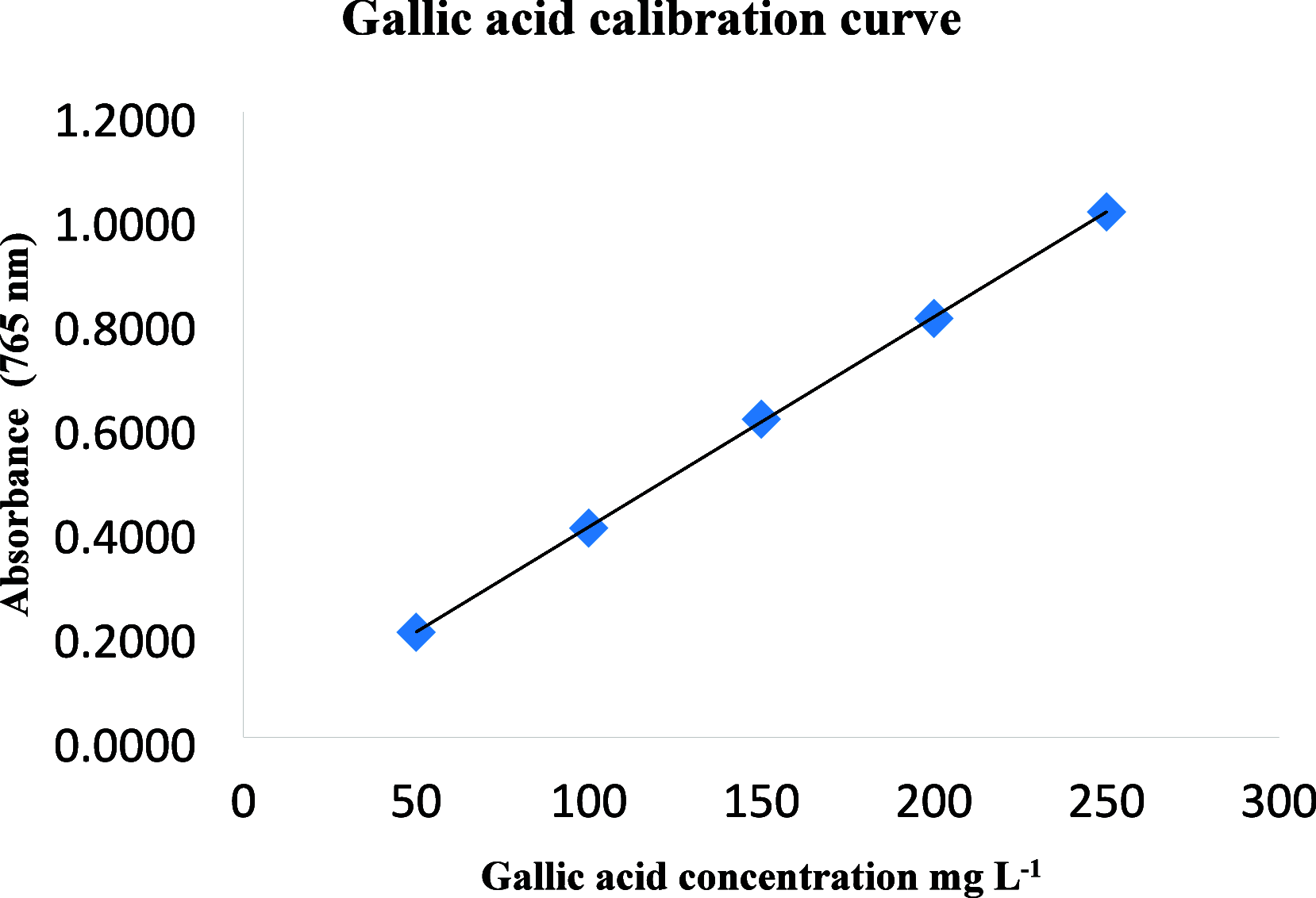Biological Activities of Galanthus fosteri Extracts: First Demonstration of the Interaction between Chlorogenic Acid and DNA Ligase by Molecular Docking
- PMID: 38496935
- PMCID: PMC10938313
- DOI: 10.1021/acsomega.4c00162
Biological Activities of Galanthus fosteri Extracts: First Demonstration of the Interaction between Chlorogenic Acid and DNA Ligase by Molecular Docking
Abstract
Within the Amaryllidaceae family, the bulbous plant species Galanthus fosteri (G. fosteri) belongs to the Galanthus genus. Alkaloids with a broad variety of biological functions are typically found in the flora of this family. The G. fosteri plant's organs' antioxidant activity, antibacterial impact, and antimicrobial qualities were examined in this study. Total flavonoid contents (TFC) and total phenolic contents (TPC) of plant extracts were measured with spectrophotometric methods, and antioxidant activity was determined using the DPPH (2,2-diphenyl-1-picrylhydrazyl) radical scavenging technique. The HPLC method was used to determine the phenolic compounds on a component basis. The antibacterial properties of the extracts were assessed using the Kirby-Bauer disc diffusion method, and the minimum inhibitory concentration method against the pathogens Klebsiella pneumoniae, Staphylococcus aureus, Pseudomonas aeruginosa, and Escherichia coli. Additionally, combination tests were performed between the extract and antibiotics. Leaf and stem extracts demonstrated greater antioxidant qualities than bulb extracts, despite the fact that extracts of plant organs did not exhibit appreciable levels of TPC, TFC, or antioxidant qualities. According to the HPLC analysis results, it was determined that chlorogenic acid was present in all of the extracts. In fact, it was determined that only chlorogenic acid was 8.02 (mg/10 g) in G. fosteri bulb peel, which has antimicrobial and antioxidant properties. A molecular docking study has demonstrated for the first time that the antibacterial effect of chlorogenic acid might be due to DNA replication inhibition.
© 2024 The Authors. Published by American Chemical Society.
Conflict of interest statement
The authors declare no competing financial interest.
Figures






Similar articles
-
Phytochemical constituents, antioxidant and antibacterial activities of Plectocephalus varians (A. Rich.) C. Jeffrey ex Cufod root extracts.BMC Complement Med Ther. 2023 Apr 28;23(1):135. doi: 10.1186/s12906-023-03919-8. BMC Complement Med Ther. 2023. PMID: 37118732 Free PMC article.
-
Antioxidant, antibacterial activity, and phytochemical characterization of Melaleuca cajuputi extract.BMC Complement Altern Med. 2015 Oct 24;15:385. doi: 10.1186/s12906-015-0914-y. BMC Complement Altern Med. 2015. PMID: 26497742 Free PMC article.
-
Unveiling the antibacterial and antioxidant potential of Hedera helix leaf extracts: recent findings.Can J Physiol Pharmacol. 2024 Jan 1;102(1):26-32. doi: 10.1139/cjpp-2023-0264. Epub 2023 Oct 18. Can J Physiol Pharmacol. 2024. PMID: 37850568
-
Terminalia bellirica fruit extracts: in-vitro antibacterial activity against selected multidrug-resistant bacteria, radical scavenging activity and cytotoxicity study on BHK-21 cells.BMC Complement Altern Med. 2018 Dec 7;18(1):325. doi: 10.1186/s12906-018-2382-7. BMC Complement Altern Med. 2018. PMID: 30526562 Free PMC article.
-
Phytochemical screening and evaluation of in vitro antioxidant and antimicrobial activities of the indigenous medicinal plant Albizia odoratissima.Pharm Biol. 2017 Dec;55(1):1155-1161. doi: 10.1080/13880209.2017.1291694. Pharm Biol. 2017. PMID: 28219296 Free PMC article.
References
-
- Kamari G. A biosystematic study of the genus Galanthus (Amaryllidaceae) in Greece. I. Taxonomy. Bot. Jahrb. Syst., Pflanzengesch. Pflanzengeogr. 1982, 103 (1), 107–135.
-
- Zeybek N. Taxonomical investigations on Turkish Snowdrops (Galanthus L.). Turk. J. Bot. 1988, 12 (1), 89–103.
-
- Tewari D.; Stankiewicz A. M.; Mocan A.; Sah A. N.; Tzvetkov N. T.; Huminiecki L.; Horbańczuk J. O.; Atanasov A. G. Ethnopharmacological Approaches for Dementia Therapy and Significance of Natural Products and Herbal Drugs. Frontiersin Aging Neuroscience 2018, 10, 3.10.3389/fnagi.2018.00003. - DOI - PMC - PubMed
LinkOut - more resources
Full Text Sources
